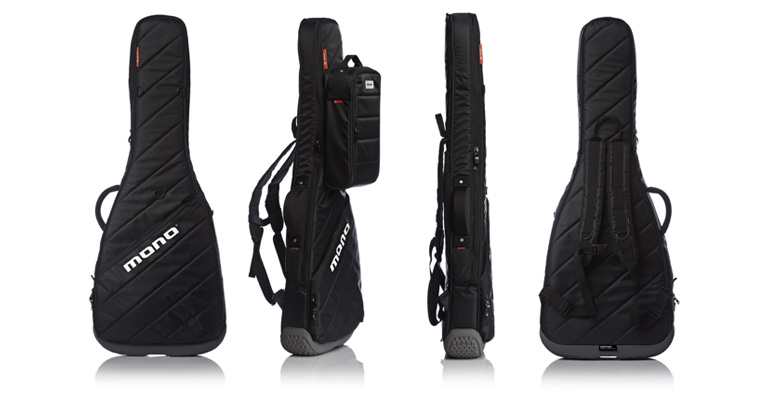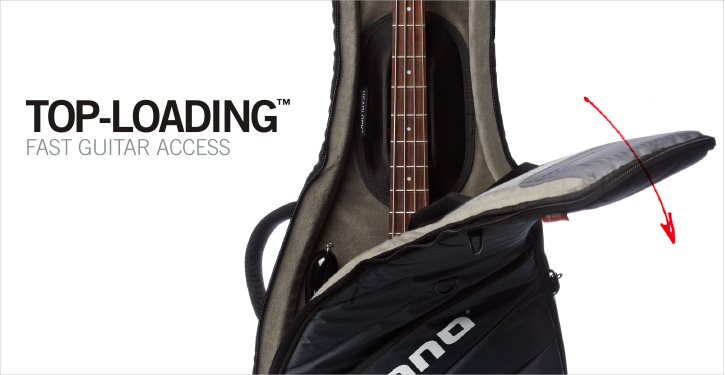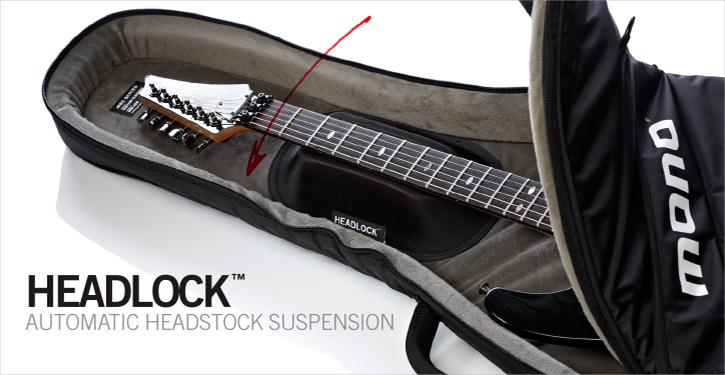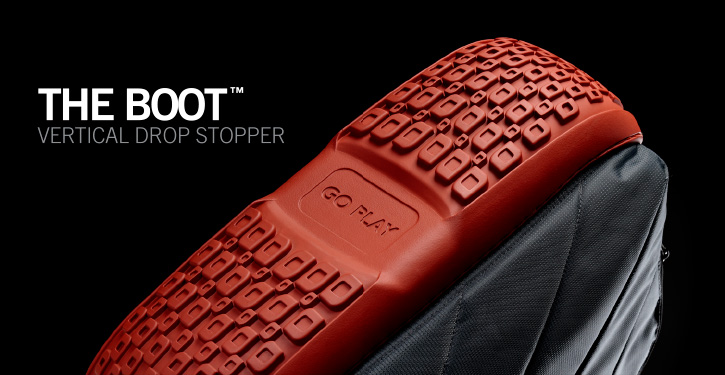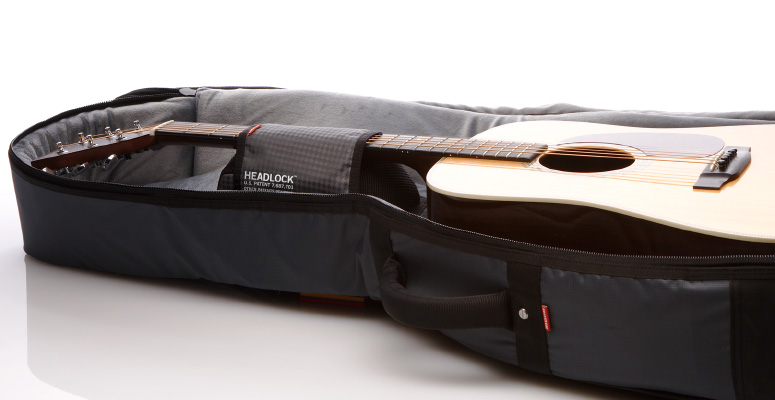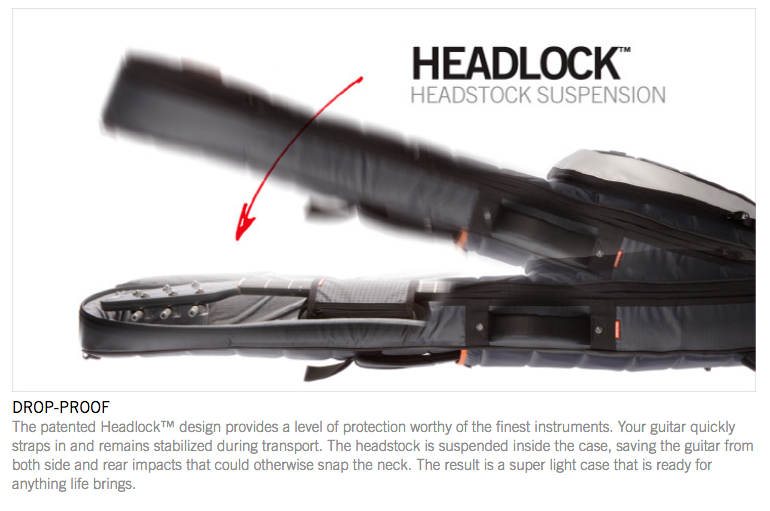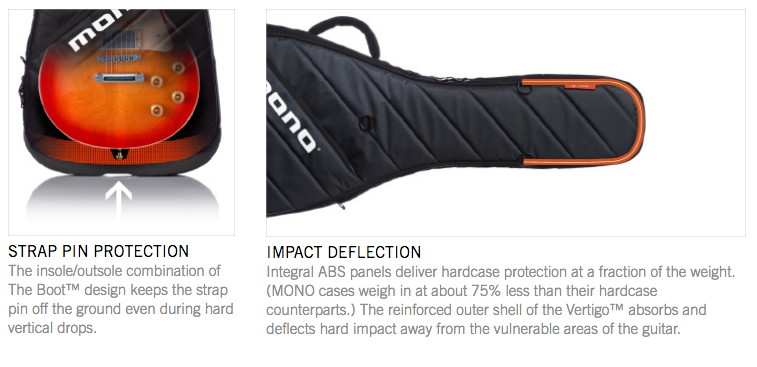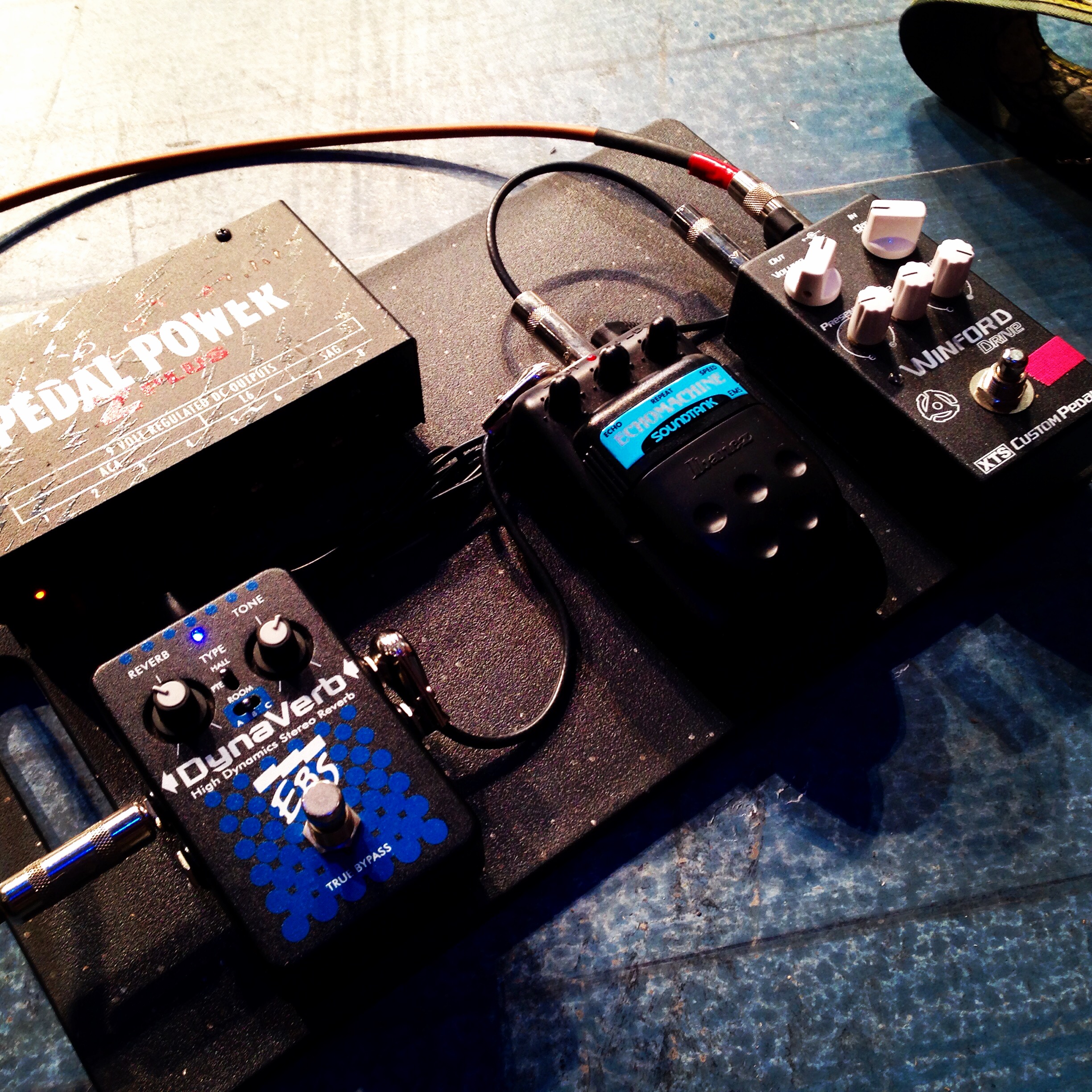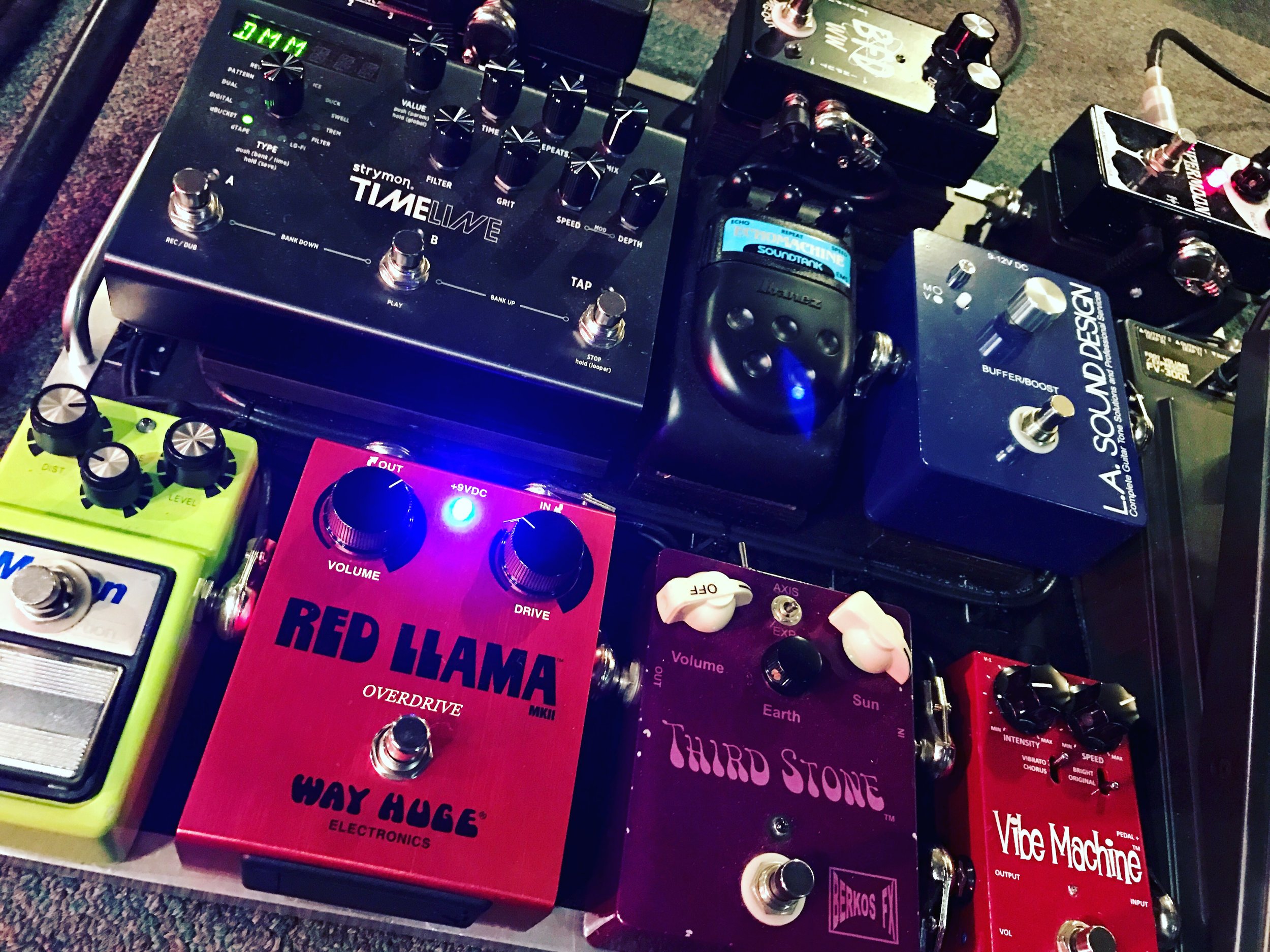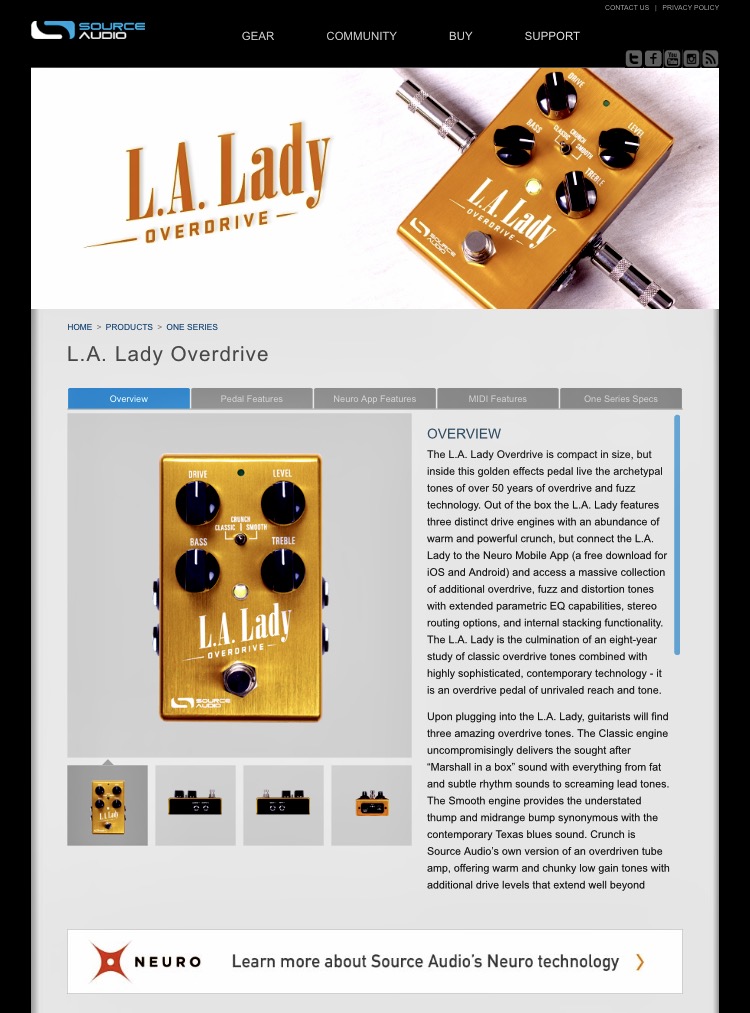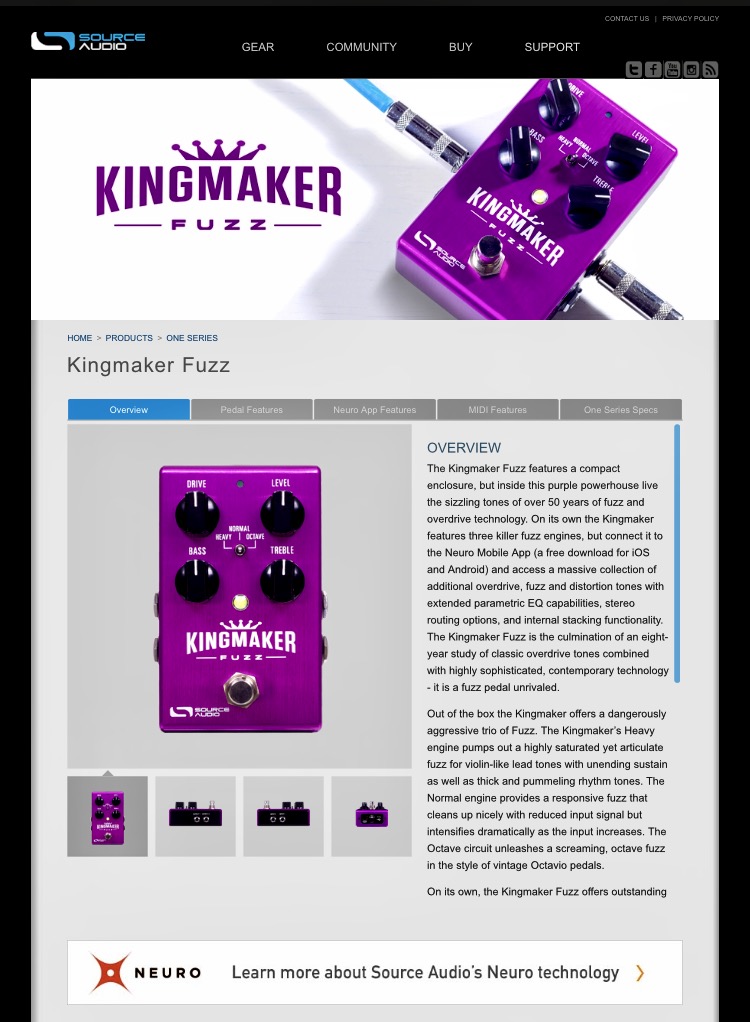Today's post may not seem like the most exciting facet of the musician's experience, but anyone who travels by plane, train or automobile with any type of music equipment will tell you tales of the grave importance of high quality protection to withstand the dangers of travel. While safety might not appear to be the first thing on a musician's mind, when it comes to expensive and irreplaceable tools of the trade -- it's all too important.
Which brings me to the incredible cases built by Mono Creators. All Mono cases are "soft shell" hybrid designed cases that actually offer more support and protection than many hard shell traditional cases. I have traveled in and out of town with two different models from Mono for years and couldn't be happier and more assured that my sensitive instruments will travel, arrive and be stored in total safety. Mono uses some very cool lightweight yet extremely durable materials in their cases, offering an ergonomic "back-pack" type harness making it wearable on your back.
I use both the M80 Vertigo for my electric guitars and the M80 Classical/OM for my acoustics. While both have some differences, they both offer the same key components. The most important being neck support. There are countless fright-night stories of someone traveling with a Gibson guitar and finding out that the headstock has been broken in the same spot all Gibson guitars get broken (due to the design and tension of the strings on the headstock)... it's a nightmare situation. Mono keeps the neck and the headstock safe during travel with it's proprietary "Headlock" systems. Basically, it creates a sandwich of support between the top and bottom of the case itself. While nothing is truly indestructible, this type of neck protection is spot on.
The M80 Vertigo is a slimmer case designed for electric guitars mostly. It will fit most guitars, and even fits a slightly oblong custom Montuoro hollowbody guitar I have, just fine. The M80 Classical/OM is slightly more robust and fitting for an acoustic guitar. There's a little more room to breath and also includes a bit more storage space. Both cases offer ample storage for any accessories you might need. Mono also offers additional cases that can clip on to the Vertigo itself: The Guitar Tick, which allows for even more storage.
I literally cannot recommend Mono Cases enough for your valuable pieces of music equipment. Mono is of course not limited to keeping guitars safe, they've got you covered for most anything you might need to travel and protect. Pedalboards, DJ's, Drummers, Producers.... they've got something for everyone. Lightweight and durable is the name of the game here and I couldn't agree more, or be any happier with these cases. I'm truly happy to support a company that cares so much about supporting musician's in their craft and the often overlooked aspect of not just performing or creating, but getting there.
In the end, it's always about the journey anyhow right!? Thanks for reading and catch you on the road!

